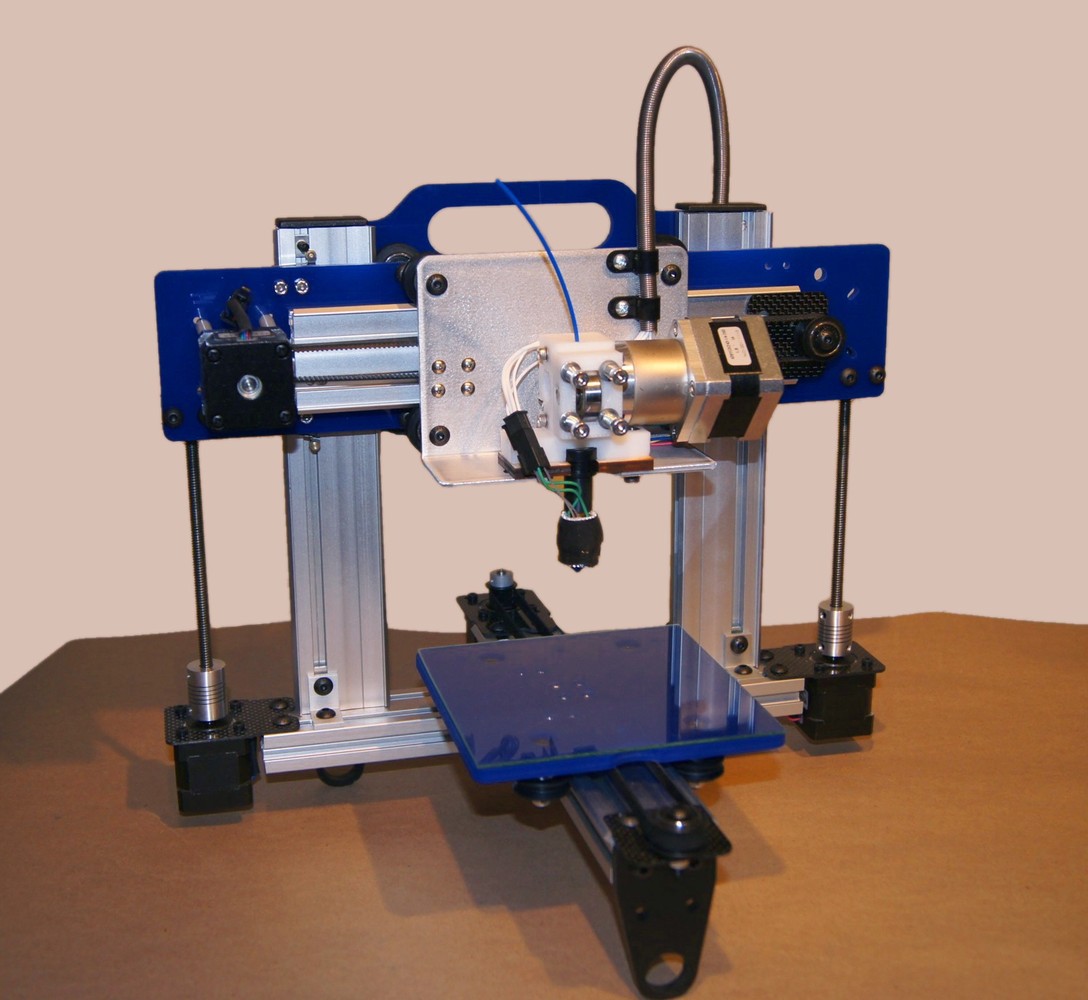A "cloaking device", capable of rendering objects invisible to microwave light, has been produced using a standard 3D printer by scientists in America.
3D printing - or Stereolithographic polymer-based fabrication to give it its proper name -  has made headlines numerous times in recent years, from making replacement door handles to providing the template for face transplants. And with companies such as Makerbot already producing high-quality 3D printers for less than £1500, it's easy to think of 3D printing as just a tool for the masses. But a paper in this month's Optics Letters shows that this technology can also have implications for high-end scientific research.
has made headlines numerous times in recent years, from making replacement door handles to providing the template for face transplants. And with companies such as Makerbot already producing high-quality 3D printers for less than £1500, it's easy to think of 3D printing as just a tool for the masses. But a paper in this month's Optics Letters shows that this technology can also have implications for high-end scientific research.
In 2006, a group at Duke University in the US successfully cloaked a non-transparent object - making it electromagnetically undetectable to particular particular wavelengths of light. Within three years, they had produced a working cloak capable of rendering objects surrounded by it invisible to microwaves. Now, a team from the same university have gone one step further.
Led by Yaroslav Urzhumov, the Duke researchers have produced a microwave X-band cloaking device, entirely fabricated using 3D printing. The technique involves laying down thin layers of a material - usually a polymer - by guiding a nozzle in a pre-programmed path, gradually building up a three-dimensional object. Urzhumov's cloaking device resembles a Frisbee with lots of holes, with the object to be cloaked placed inside the large hole at the centre of the disk.
The 3D printed cloak is a transformational optics (TO) material; TOs are carefully structured, with specific holes and grooves that guide and deflect light around the object. An illuminated object can generally be identified in two ways - by the presence of a shadow, or the detection of light scattered from its surface. But, when TO objects, like this 3D cloak, are illuminated by light of a particular wavelength (~3 cm), they don't show either of these properties - TOs can entirely eliminate both reflection (scattering) and shadow, so that the cloak and object combined resemble just empty space.
Previous cloaking devices have used expensive and exotic materials, involved metallic components or have needed to be immersed in liquid to cloak objects from light at particular wavelengths. And in the microwave regime, due to the strict geometry needed to produce TO materials, researchers have been limited to cloaking only small objects.
But using advanced mathematical models, Urzhumov and his team determined the locations, sizes and shapes of the holes needed to deflect microwaves to cloak larger objects. The team then used this data to design and produce a complete shield at a low cost, using standard materials and a 3D printer. The device took seven hours to "print", and because of its novel design could cloak the presence of a metallic cylinder six times wider than the thickness of the cloaking device itself.
In the not-so-distant future, the team say, they will be able to enhance the design of their cloaking devices so that it could work at a wider range of wavelengths - even down to the short wavelengths of visible light. But making objects invisible to the naked eye is no mean feat. The first step is to identify a material that is already transparent to visible light, and use that to build a cloak to conceal things. The second step will be to find a printing technique sufficiently precise to produce the much smaller holes needed to deflect visible light. Urzhumov believes that the answer may lie in nanotechnology, whereby materials can be precisely structured on a small scale. So it may one day be possible to make your own invisibility cloak from the comfort of your Makerspace (or shed).










Comments
Add a comment